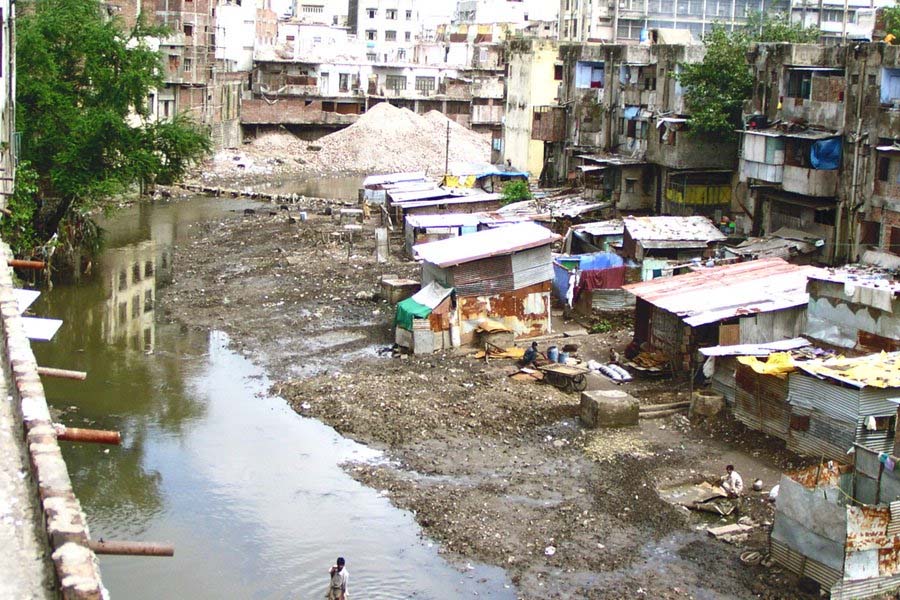/topics/urban-water
Urban Water
Process of formation of Jajmau Area Water Partnership in Kanpur, Uttar Pradesh – Problems and solutions
Posted on 13 Jan, 2013 12:01 PMIndustrial effluents and sewage water are being diverted to the river Ganga by the cities and towns through which it passes. Nestled on the banks of Ganga, Kanpur, a highly urbanized and industrial city is polluting it most. Apart from the Government of India’s recently constituted National Ganga River Basin Authority, civil societies and NGOs too are putting rigorous efforts to make Ganga pollution free. Though the city has several big and small industries, the leather industries located in Jajmau, the oldest part of the city add to the problem of pollution in the river to a large extent.
On the Sabarmati riverfront: Urban planning as totalitarian governance in Ahmedabad, Gujarat – An article in EPW
Posted on 10 Jan, 2013 07:05 PMMoving from local Government provision to private sector participation: Reforming water supply in Mumbai, Maharashtra
Posted on 09 Jan, 2013 08:23 PMUrban infrastructure is poised for some major changes in the country with the current trends of rising levels of urbanisation. However, both Urban Local Bodies (UBL) and water utilities are not fully prepared to meet with the challenge due to their dependence on old governance structures based on public management.
Sustainability and financial viability of urban water supply and sanitation in dryland areas in India - Case study of Indore city
Posted on 22 Dec, 2012 02:14 PM
Slum area in Indore
Image courtesy: http://www.ugo.cn/photo/nn/pt/48743.htm
Can storm water drains help in recharging groundwater? - The case of Chennai, Tamil Nadu
Posted on 10 Dec, 2012 06:08 PMOne of the most conspicuous activities in the preparation for the monsoons in several cities today is dug up roads ! Crores and crores are spent on the construction of storm water drains alongside roads in cities and towns to prevent flooding during the rains.
Highlights from the 10-year water policy research programme of the International Water Management Institute and the Sir Ratan Tata Trust discussed at the IWMI - TATA Annual Partners' Meet at Anand, between 28-30 November, 2012
Posted on 05 Dec, 2012 02:06 PMIWMI-Tata water policy research programme is a collaborative initiative between the International Water Management Institute (IWMI) and the Sir Ratan Tata Trust (SRTT).
Living rivers, dying rivers: Stuffed rivers of Vrishabhavathi-Arkavathi from the Cauvery system
Posted on 02 Dec, 2012 08:16 PMIntroduction

Good morning Mumbai - A film on sanitation by Rajesh Thakare and Troy Vasanth - National Institute of Design, Ahmedabad
Posted on 18 Oct, 2012 04:25 PMThis film humorously depicts the day to day hurdles that the poor have to overcome to meet their basic needs such as water and sanitation and the circumstances that force them to resort to poor sanitation related behaviour such as open defecation.
Water supply and sanitation in India - Meeting targets and beyond- A discussion Paper by Global Water Forum
Posted on 04 Oct, 2012 09:16 PMThis discussion paper by Global Water Forum sheds light on the progress on access to safe water





